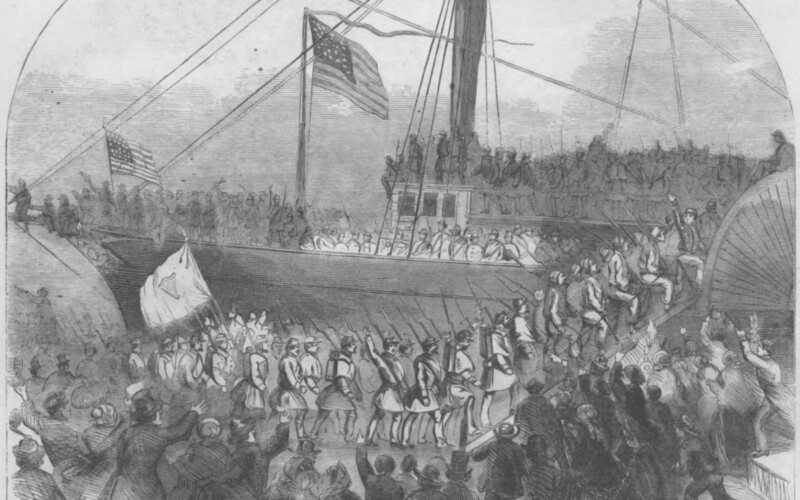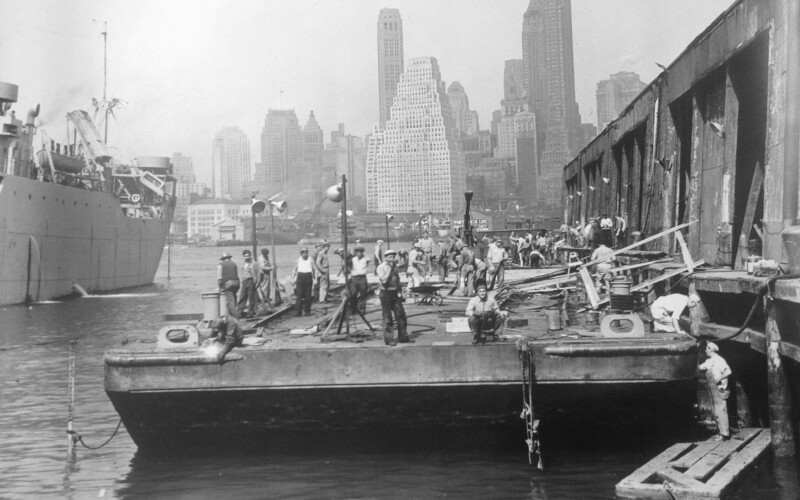We have experience hosting a range of audiences, from college classes to birthday parties to company outings, and we customize our tours to meet your group’s interests and needs.
Book a private tour today
On March 17, 1863, the gunboat Shamrock was launched from the Brooklyn Navy Yard, an event attended by more than 5,000 onlookers and tremendous fanfare. The christening of this ship was meant …
Read more

Operation Neptune, the seaborne component of the Normandy invasion, required nearly 6,500 vessels to deliver the vast Allied armies and their supplies and equipment onto the continental beaches. This didn’t …
Read more
